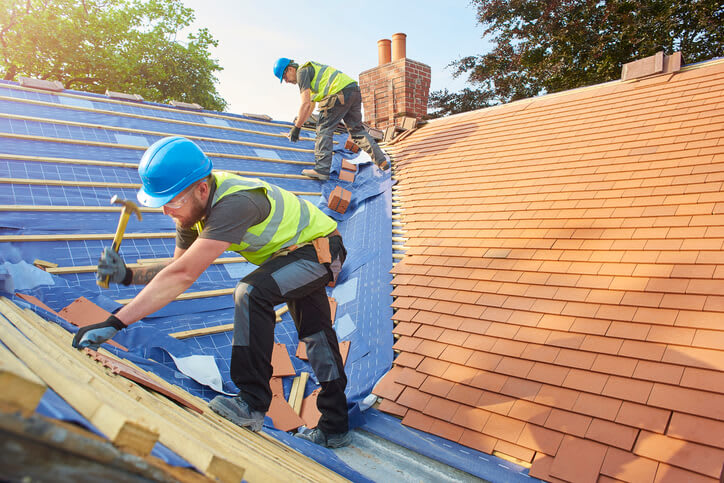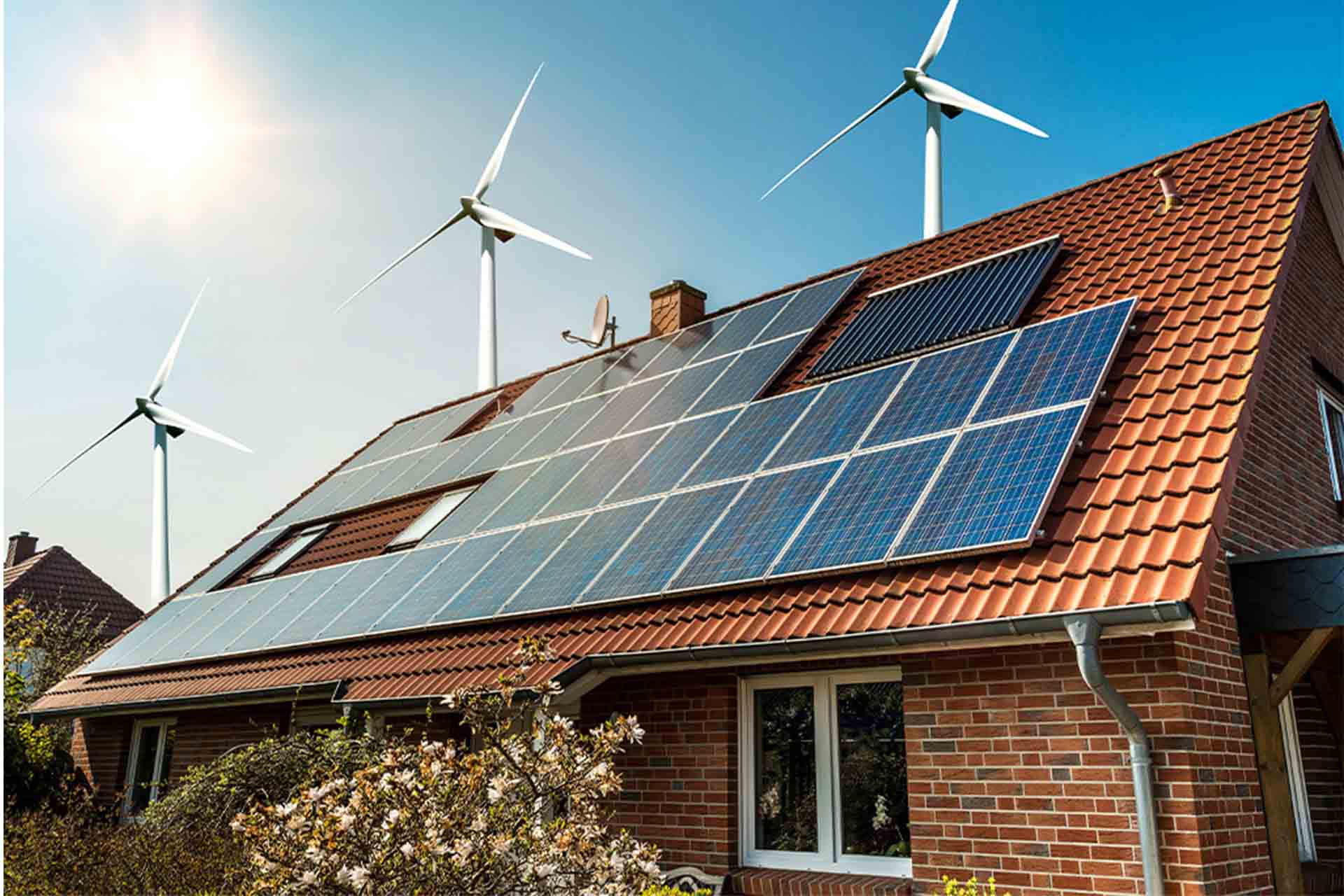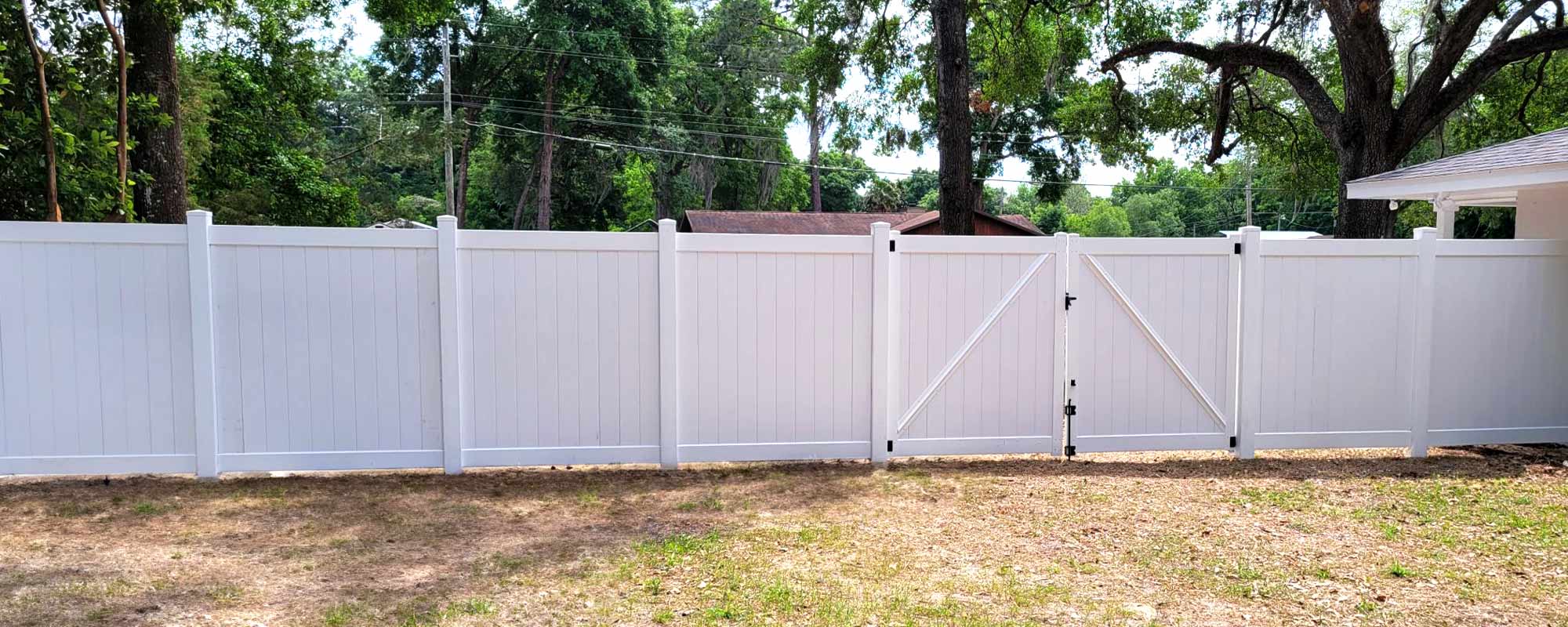
This post is sponsored by Ply Gem. All opinions are entirely our own.
9 things you should know before choosing a vinyl fence and how to install one yourself for a safe, low maintenance yard.
The vinyl fence is installed and Phase 2 of the backyard is officially finished!!!
Gosh I could shout that from the rooftops or at least climb on top of our new fence to let out a big whoop whoop! Not gonna do it… I’m just saying. This has been years in the making, and I can breathe easier!
Remember this “before”? (Look how little 5 year-old Olivia was.)

Here it is today! Home wasn’t built in a day and neither was this backyard.

Ever since Day 1 of moving into this house, we took one look at the old half-rotted wooden fence in the backyard and knew it was going to be a big job. We had 4+ solid years staring at it to consider what kind of fence this yard really needed that would:
- keep the kids and dog extra safe
- be as durable as possible
- require little to no maintenance
- look beautiful alongside our house
We researched every single fence type and every single brand and landed on a Ply Gem vinyl fence to tick all of the boxes. So we reached out to them to start this massive much-needed fence replacement and the rest was history.

The difference in this new fence is huge!!!

The thing that sold us most of all is that it has a transferable lifetime warranty, so we never have to replace this fence ever again.
If you’re up against a big backyard fence replacement, these things to consider might help.
What to Know Before Building a Vinyl Fence
1. Understand Your Specific Needs First
Are you installing the fence so neighbors can’t see into your yard? Get privacy fence.
Simply as a boundary line? To contain livestock? A ranch rail will work.
To be decorative? For safety measures around a pool or playground? A non-climbable picket fence at a minimum height of 4 feet can do the job.
In our case, it was privacy, decor, and safety.
We combined privacy fence for the front of the backyard facing the road while the rest of the yard just needed picket to divide the areas between playground and pool but still allow view-ability to prevent the yard from feeling closed in.


2. Think About Your Home’s Color and Design Aesthetic
For a traditional style home, a curved fence with wood-look accents like this Rising Rail Privacy Fence works well.
For a modern rustic style home, this Closed Picket in Aged Cedar lends itself to a similar style.
We went with a classic white Shadow Box Privacy and Closed Picket for its clean lines because it felt the most timeless to us.

3. Do the Necessary Research for Your Area
Every county, town, and neighborhood is different, so communicate with your HOA and local building code officials to ensure the fence you choose doesn’t violate material, height, or style restrictions. Ask if the fence installation will require a permit.
4. Consider Cost and Durability
A wood or metal fence is generally cheaper than vinyl, but with time, wood can rot and metal can rust.

Despite our vinyl fence costing more than wood or metal, we decided we would rather have a fence that lasted a lifetime and never have to pay for a new fence or the labor all over again to replace it. The vinyl fence more than pays for itself in the long run.

5. Have a Survey Done of Your Property Line or Check County Records
It’s a huge, costly mistake if you were to build your fence outside of your property line. Have your property surveyed or see if an existing survey of your property is on file at your county’s records office.
6. Communicate With Your Neighbors
Out of respect and to avoid any conflict, talk to your neighbors about your plans to install the fence beforehand in case they have any concerns. Thankfully, we lucked out with our neighbors who we absolutely love to pieces.

(By the way, here’s what our yard looked like before. Woah.)

7. Have Underground Utilities Marked
Talk to your local utilities providers by calling 811 before you dig anywhere in your yard.
8. Evaluate Gate Quantity and Size
It’s best to have at least two gates into your yard with one gate being wide enough to accommodate large equipment such as a lawnmower.
In our case, we planned for a wide double gate on either side of our house to enter the backyard from the front yard for lawn equipment, a pool entrance gate from the front yard, and two gates in the dividing picket fence line adjoining the pool and the playground area to help traffic flow during social gatherings.



9. Decide If DIY or Hiring a Contractor is Best
It is totally possible to rent an auger to install a Ply Gem vinyl fence yourself. Though it may take longer than hiring a contractor, it can save thousands of dollars in labor costs.

Because we needed our old fence removed first, renting several pieces of equipment for that along with an extra challenge of hauling away all of the old wood would have taken us months of time as well as cost us a huge expense. Hiring a contracting team made sense in our case.

It took our contractors two weeks from start to finish with a team of 4 men, so we definitely feel confident in that decision. Though the labor cost us about $10,000, the time, equipment rental, and safety concerns in the removal wouldn’t have saved us much.

We did, however, put together a few sections of the vinyl fence to understand the installation, and it is definitely simple to install on your own.
If we didn’t have the old fence’s removal to consider, we would have been up to the task of a DIY installation.
How to Install a Vinyl Fence
Dig Post Holes
Dig post holes 10″ in diameter with a post hole digger or power auger. Talk to your local building authorities beforehand for post hole depth regulations in your area (generally about 1/3 of the post depth). Dig 6 inches deeper than regulation to account for backfilling gravel.
Gate posts and main posts should be set 6 inches deeper than regulation for added stability.
Push about 6 inches of gravel into post holes to prevent water collection and erosion.
Set Posts
Fill post holes with quick-setting concrete, following mixing and setting instructions on the concrete bag.
Drive the hollow post into the middle of the post hole using a mallet until the bottom of the post reaches the top of the gravel.

Check that each post is plumb using a level. Fill concrete at the top of the post hole sloping away from the post so that water can’t collect in the holes.
Set main posts and end posts first, tie a string between them, and use the string to guide the line post placements to make sure they’re installed in a straight line. Before concrete is completely set in post holes, check each one to make sure its plumb and level; adjust as necessary.

Attach Fence Panels
Screw rail brackets to installed fence posts following Ply Gem’s instructions.

Slide the fence rails into the post brackets and secure to the brackets with screws.
Next, slide the vertical picket or panels into the rail brackets.

Install Gates
Add 1-1/4″ to the gate’s measurement as the necessary width between posts. Leave a gap of 5/8″ on either side of the gate between posts for hardware clearance. Place two outdoor rated 2x4s inside each gate post for extra stability, pre-drill holes, and attach gate hardware.

Vinyl Fence Maintenance
From here, all we expect we’ll have to do is occasionally give the fence a quick pressure wash if there are ever any signs of mold or mildew. Otherwise, this fence done!
The (Semi) Finished Backyard
Our yard feels so polished, clean, and bright now! I can’t wait to see it really come to life in the summer when the grass is lush green.
We might add a playhouse eventually, focus a bit on improving the turf / gardening, and maybe stamp the concrete around the pool deck, but this feels like a huge finished-for-now kind of moment.
This is where we were a few years ago…


I still can’t get over the difference these past 4 years have made.


It’s required a ton of hard work, a lot of stress, but this is our family’s happy place where some of our best memories are made. We wouldn’t trade that for anything.
We’ll share a full budget breakdown of our entire backyard soon with all of the outdoor projects we’ve done rolled into one post in case you missed anything.
You can see more of Ply Gem’s FAQs and vinyl fence styles here.
Have you ever installed a backyard fence? Or done any huge backyard improvements this year?








